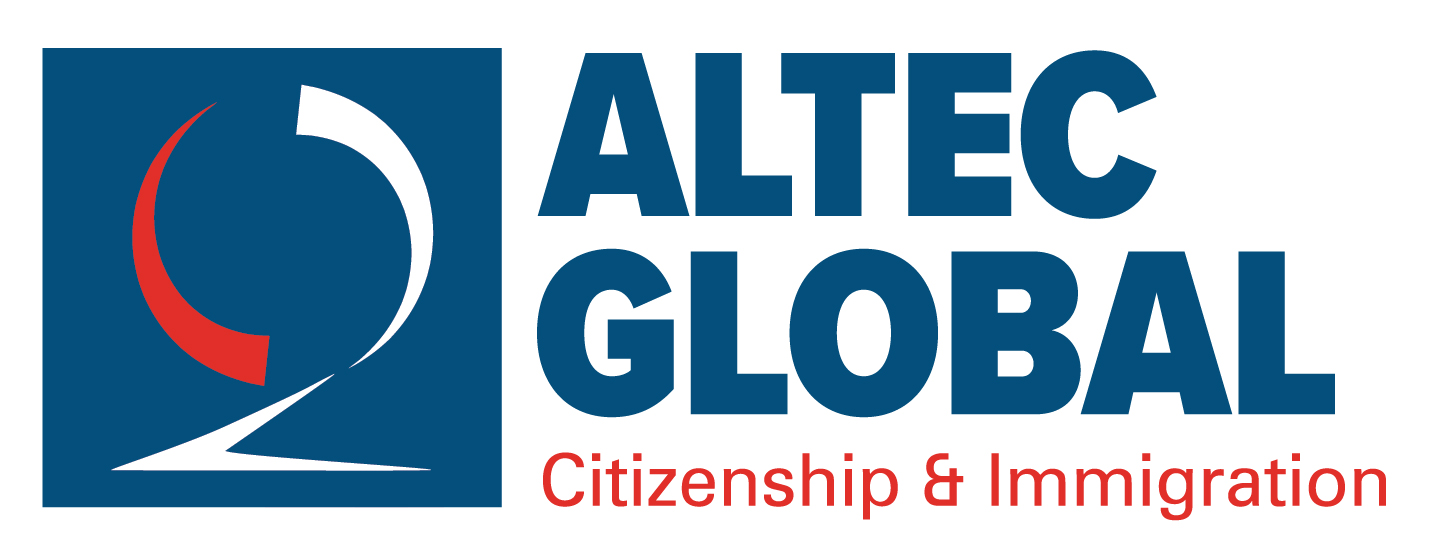When it comes to choosing a country for immigration, Canada and the United States are two popular destinations that offer opportunities for a better life. This article will compare the immigration policies of both countries and highlight the different options available to immigrants. Whether you’re considering Canada or the United States, understanding the immigration processes will help you make an informed decision.
Immigration Policy in Canada:
Canada has a well-defined immigration system with an annual Immigration Levels Plan that outlines the number of immigrants welcomed into the country. The plan for 2023-2025 aims to welcome 460,000 immigrants in 2023, increasing to 500,000 by 2025. Canada prioritizes attracting skilled workers, promoting family reunification, and assisting vulnerable populations through refugee resettlement efforts. In 2022, over 56% of new immigrants arrived through economic pathways such as Express Entry and Provincial Nominee Programs (PNP).
Immigration Policy in the United States:
The United States has experienced fluctuations in the number of lawful permanent residents (LPRs) admitted in recent years, primarily due to government policies, processing delays, and the impact of the COVID-19 pandemic. The Immigration and Nationality Act (INA) governs U.S. immigration policy, allowing for up to 675,000 permanent immigrant visas annually across various categories. The U.S. provides opportunities for temporary non-immigrant workers through over 20 types of visas and offers permanent employment-based programs limited to 140,000 immigrants per year.
How to Obtain Permanent Residence in the United States:
Lawful permanent residents (LPRs) in the United States have the right to live, work, and study in the country. Some ways to obtain permanent residency include employer-sponsored green card applications, self-sponsored employment-based green card applications, marriage to a U.S. citizen, sponsorship by a close relative who is a U.S. citizen or permanent resident, and the Diversity Lottery Program.
How to Obtain Permanent Residence in Canada:
Canadian permanent residents enjoy similar rights as citizens, including access to social benefits and the ability to apply for Canadian citizenship. The most popular pathways for skilled immigrants to come to Canada are Express Entry, Provincial Nominee Programs (PNPs), and sponsorship. Express Entry manages applications for the Federal Skilled Worker Program (FSWP), Canadian Experience Class (CEC), and Federal Skilled Trades Program (FSTP). PNPs operated by provinces and territories allow for the nomination of individuals interested in settling in a particular province. Family sponsorship is also available for Canadian citizens and permanent residents to bring their family members to the country.
Looking Ahead:
Both Canada and the United States are continually adapting their immigration policies. The United States has been implementing changes focused on border enforcement and lawful migration, while Canada is increasing its immigration targets and empowering provinces through PNPs. It’s important to stay updated on policy changes and consult official government sources for the latest information.
Choosing between Canada and the United States for immigration is a significant decision that depends on various factors, including individual circumstances and preferences. Both countries offer opportunities for a better future, but their immigration processes differ. Understanding the available options, such as Express Entry, PNPs, and sponsorship, will help you make an informed choice. Remember to consult with immigration professionals and refer to official government sources for the most up-to-date information on immigration policies in Canada and the United States.
Get help with your immigration today!
Please note that immigration policies and regulations are subject to change. It’s essential to refer to official government sources or consult with immigration professionals for the most up-to-date information.


Recent Comments